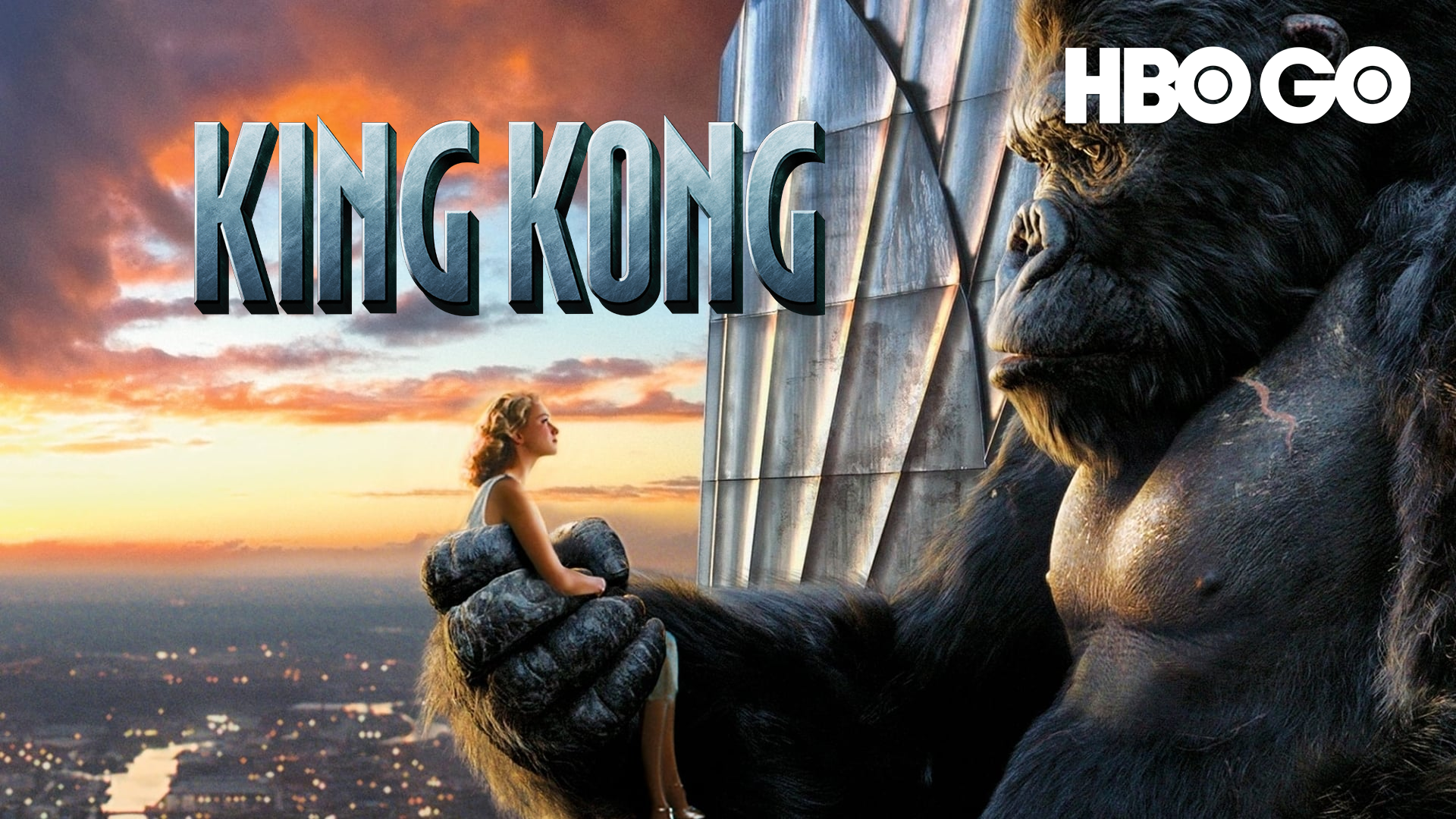kinh kong
- quoctinh
- November 1, 2024

Plot Summary of King Kong
King Kong is a thrilling adventure story combining elements of romance, horror, and fantasy that revolves around a giant gorilla named Kong and his connection with humanity. Since the original film’s release in 1933, King Kong has become an icon of cinema, with several adaptations made over the years.

1. Main Plot of the Film
The story follows a film crew and explorers, led by director Carl Denham, on a quest to find a mysterious, uncharted island called Skull Island. On this island, they discover a prehistoric world where dinosaurs and other gigantic creatures still exist. Among these creatures is King Kong, a colossal ape living deep in the jungle.
Kong becomes particularly interested in the female protagonist, Ann Darrow, whom he initially captures. But rather than treating her as mere prey, Kong forms a protective attachment to her, which surprises the exploration team. Persuaded by Carl Denham, the team decides to capture Kong and bring him back to civilization as a sensational exhibition in New York City.
Once on display before the public in New York, Kong panics and breaks free, leading to mayhem across the city. The most iconic scene occurs as Kong climbs the Empire State Building, holding Ann in his hand and fighting off airplanes trying to shoot him down. Ultimately, Kong is overpowered and falls to his death, leaving viewers with the memorable line: “It wasn’t the airplanes that got him, it was Beauty killed the Beast.”
2. Meaning and Symbolism
King Kong is more than an action film; it’s a story of the clash between nature and civilization. Kong represents the wild, primal forces of nature, while New York City symbolizes modern civilization and exploitation. Kong’s capture and exploitation for entertainment purposes reflect a criticism of how humanity often exploits nature for personal gain.
The unique bond between Kong and Ann is also a touching aspect of the story, symbolizing compassion between two different worlds. Despite being a powerful giant, Kong shows vulnerability and a desire for love and connection, offering a message that every creature has inherent value and deserves respect.
3. Famous Versions of King Kong
Since the 1933 release, King Kong has been remade and re-imagined in several noteworthy versions:
- King Kong (1933): Directed by Merian C. Cooper and Ernest B. Schoedsack, this is the original classic known for its groundbreaking special effects.
- King Kong (1976): Directed by John Guillermin, this version updated the story to a contemporary setting.
- King Kong (2005): Directed by Peter Jackson, this adaptation is known for its modern CGI and strong performances by Naomi Watts, Adrien Brody, and Jack Black.
- Kong: Skull Island (2017): A prequel focusing on Kong’s origins and the wild, mysterious Skull Island.
4. The Impact of King Kong
King Kong has become a symbol in pop culture, showcasing the power of cinema to connect and move audiences. Kong is more than just a “monster”; he is a tragic character representing nature’s vulnerability against human greed. The film has also paved the way for many monster movies, inviting audiences into a world that’s both fantastical and deeply meaningful.
5. Conclusion
King Kong is a film that holds artistic and moral significance, a timeless classic. With stunning action sequences and profound themes of love, bravery, and the struggle between nature and civilization, King Kong has captured the hearts of millions across generations and remains as captivating as ever.











